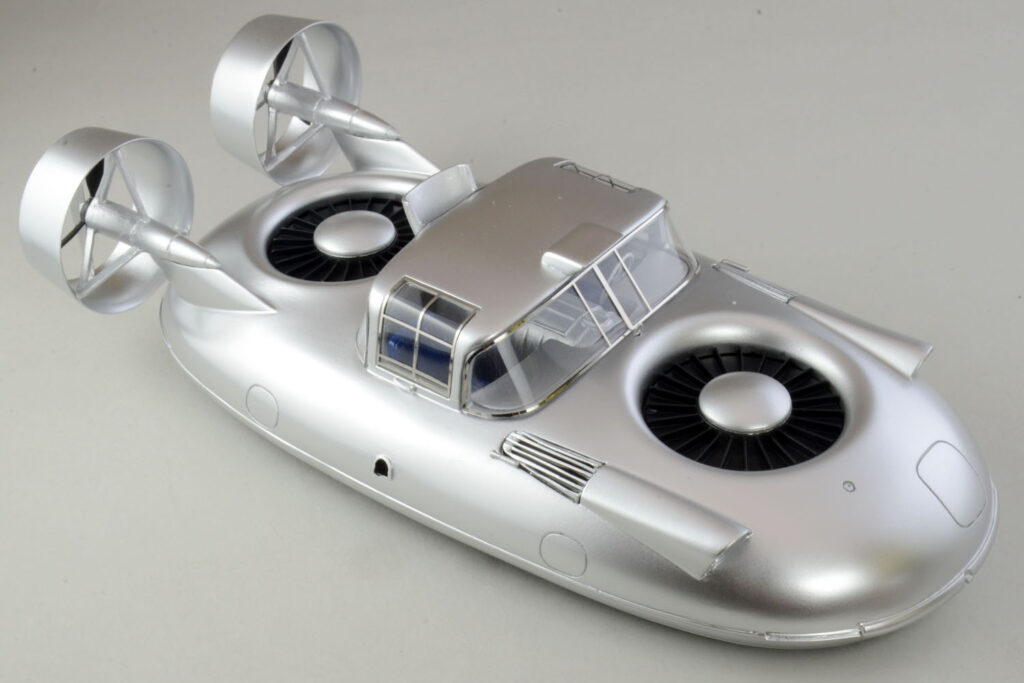The Soviet Union was a treasure trove of bizarre mechanisms that far beyond the imagination
Many people may have once had the impression that the Soviet Union during the Cold War had “a lot of mysterious machines” that are unthinkable by Western culture. For example, the “Ekranoplan” series of giant ground-effect winged planes were called the “Monster of the Caspian See”. The ZIL-2906, a screw-driven amphibious vehicle capable of traveling over any terrain, was created to retrieve the space capsule of a Soyuz rocket that had returned to the Siberian wilderness. The Obiekt 279 tank, a prototype designed for use under nuclear warfare, is one of the many out-of-the-ordinary and bizarre mechanical devices from the other side of the border.
Full of retro-futuristic sensation that looks like something jumped out of a science fiction comic
After the end of the Cold War, information about these “strange and unusual mechanisms” that had been shrouded in secrecy became known to some extent and there were many opportunities for them to be used as the subject modeling. This is one such vehicle that looks like it could have appeared in “Astro Boy”, a comic by Osamu Tezuka. The GAZ-16A was developed in the early 1960s, it originally stood for Gorkovsky Avtomobiny Zavod. The GAZ-16A can be described as a combination of automobile and hovercraft.
A Dream Car can drive fast with 4 wheels with the driving performance of a hovercraft
The GAZ-16A is composed of the GAZ-21 passenger car chassis which was manufactured at the Gorky factory under the name of Volga. The power train was a 5.5L V8 engine from CAZ-13, Chaika, which was produced exclusively for government officials from the same factory, The GAZ-16A has the potential of maximum speed of 170km/h when the chassis retracted hydraulically into the body, and the car convert to hovercraft, which can travel unpaved terrain or water by utilizing the horizontal fans installed in the front and rear and propeller in the rear.
It was a multipurpose land vehicle that combined the advantages of the standard car that could efficiently travel at high speed on paved roads with the cross-country capability of a hovercraft, including over water. If put into practical use, it was to be a Dream Car” just from the science fiction movies.
There were abortive attempts everywhere at that time
In 1960, the first prototype was completed as the GAZ-16 by the Design and Experimental Department of the Gorky Automobile Plant. The next year this GAZ-16A was produced as a brash-upped and modified version. Actually, the GAZ-16A was a quiet standard car on the road and also traveled on the wetland even on the water.
But it was equipped variety of mechanisms, and the dimensions of the body were 7.5m long and 3.6m wide. The number of passengers and loading capacity were limited to keep the performance. Finally, the GAZ-16 series project was closed because the concept of it was unclear, who would use it and for what purpose. It was an engineer-oriented project but they built a few prototypes and were on the road.
* * *
No matter how novel the idea and technology that makes it possible, if the timing is different, it will be an abortive attempt in history. The miniature car of “Dream Car GAZ-16A” seems to convey such a simple message.
